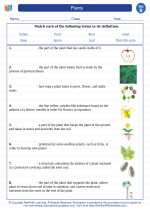Electric Motors
Electric motors are devices that convert electrical energy into mechanical energy. They are used in a wide range of applications, from household appliances to industrial machinery. Understanding how electric motors work is essential for understanding the principles of electromagnetism and the role of energy conversion in various devices.
How Electric Motors Work
Electric motors work on the principle of electromagnetic induction. When an electric current flows through a conductor placed in a magnetic field, it experiences a force that causes the conductor to move. This movement is used to drive the mechanical components of the motor, such as a rotor or a shaft.
Main Components of an Electric Motor
Electric motors typically consist of the following main components:
- Stator: The stationary part of the motor that generates a magnetic field.
- Rotor: The rotating part of the motor that experiences the force due to the magnetic field and produces the mechanical motion.
- Commutator (in some types of motors): A device that ensures the direction of current in the rotor windings changes at the right time to keep the rotor turning in the same direction.
- Brushes (in some types of motors): Conductive contacts that deliver electrical current to the rotor.
Types of Electric Motors
There are various types of electric motors, each designed for specific applications. Some common types include:
- DC Motors: These motors operate on direct current and are commonly used in applications such as electric vehicles and small household appliances.
- AC Motors: These motors operate on alternating current and are used in a wide range of applications, from industrial machinery to HVAC systems.
- Brushless DC Motors: These motors eliminate the need for brushes and commutators, making them more efficient and reliable for certain applications.
Study Guide
When studying electric motors, it's important to focus on the following key concepts:
- Understanding the relationship between electricity and magnetism in the context of motor operation.
- Identifying the main components of electric motors and their respective functions.
- Exploring the different types of electric motors and their applications.
- Learning about the principles of energy conversion and efficiency in electric motor operation.
By mastering these concepts, you will gain a strong understanding of electric motors and their significance in various technological advancements.
.◂Science Worksheets and Study Guides Second Grade. Plants
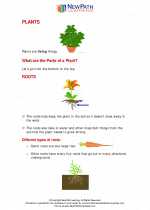
 Activity Lesson
Activity Lesson
 Activity Lesson
Activity Lesson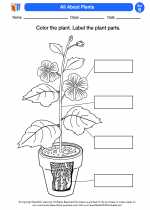
 Worksheet/Answer key
Worksheet/Answer key
 Worksheet/Answer key
Worksheet/Answer key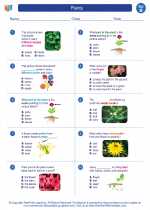
 Worksheet/Answer key
Worksheet/Answer key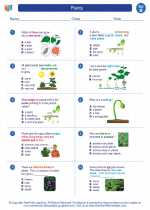
 Worksheet/Answer key
Worksheet/Answer key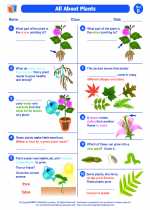
 Vocabulary/Answer key
Vocabulary/Answer key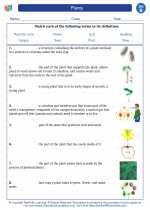
 Vocabulary/Answer key
Vocabulary/Answer key